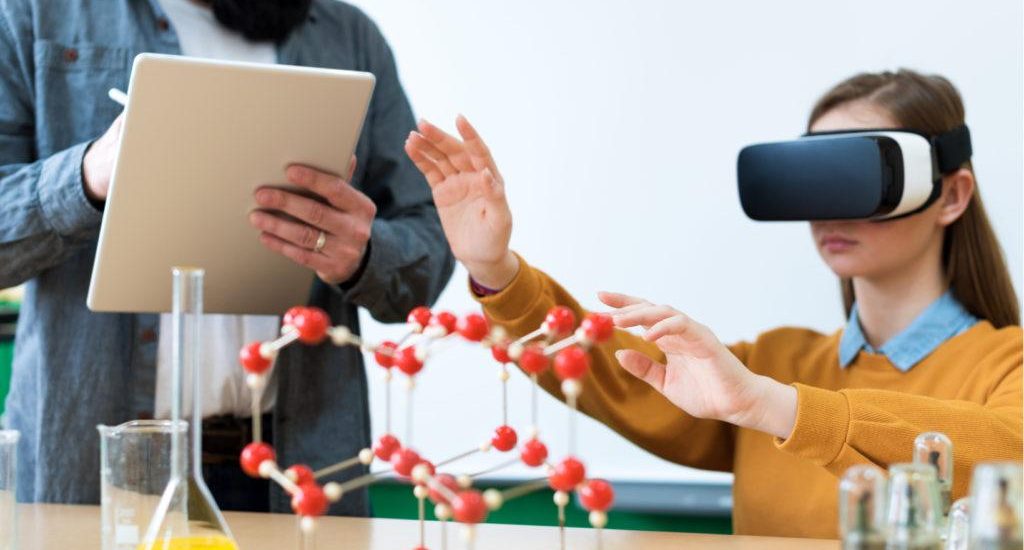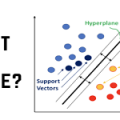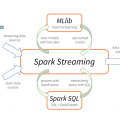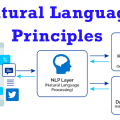- August 10, 2023
- Posted by: team SOUTECH
- Category: Blog, Data Analysis and Virtualization, Data Science Free Training, Technologies

Introduction: The integration of Augmented Reality (AR) into education has opened a new world of immersive and interactive learning experiences. In this article, we explore how AR is revolutionizing education by creating captivating and hands-on learning environments, sparking students’ curiosity, and enhancing their understanding of complex concepts.
Section 1: Introduction to Augmented Reality in Education
– Defining Augmented Reality: Understanding the concept of AR and its difference from Virtual Reality (VR).
– AR applications in the classroom: Discovering how AR enriches traditional learning methods.Section
2: Augmented Reality for STEM Education
– Science experiments in AR: Performing virtual lab experiments without the constraints of physical materials.
– Mathematical visualization: Using AR to visualize abstract mathematical concepts and geometric shapes.
Section 3: Historical and Cultural Immersion
– Time travel through AR: Taking students on virtual tours to historical events and ancient civilizations.
– Exploring world cultures: Immerse students in diverse cultures through interactive AR experiences.
Section 4: Interactive Language Learning
– Language practice through AR: Practicing language skills with virtual conversation partners and scenarios.
– AR-enabled language translation: Bridging language barriers through real-time translation.
Section 5: Augmented Reality and Special Education
– Inclusive learning experiences: Using AR to accommodate different learning styles and abilities.
– Supporting children with learning disabilities: How AR aids in providing personalized support.
Section 6: AR Content Creation for Education
– Creating AR learning materials: Tools and platforms for educators to develop their AR content.
– Student-led projects: Empowering students to design and share their AR learning experiences.
Conclusion:Augmented Reality has opened up a world of possibilities for education, offering students immersive, engaging, and interactive learning experiences. By embracing AR’s potential and integrating it into curricula, educators can inspire a lifelong love for learning, nurture creativity, and equip students with the skills needed to thrive in a technologically advanced world.





